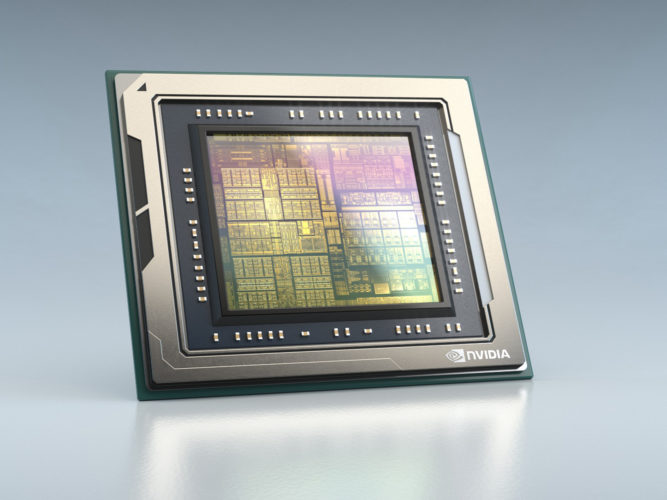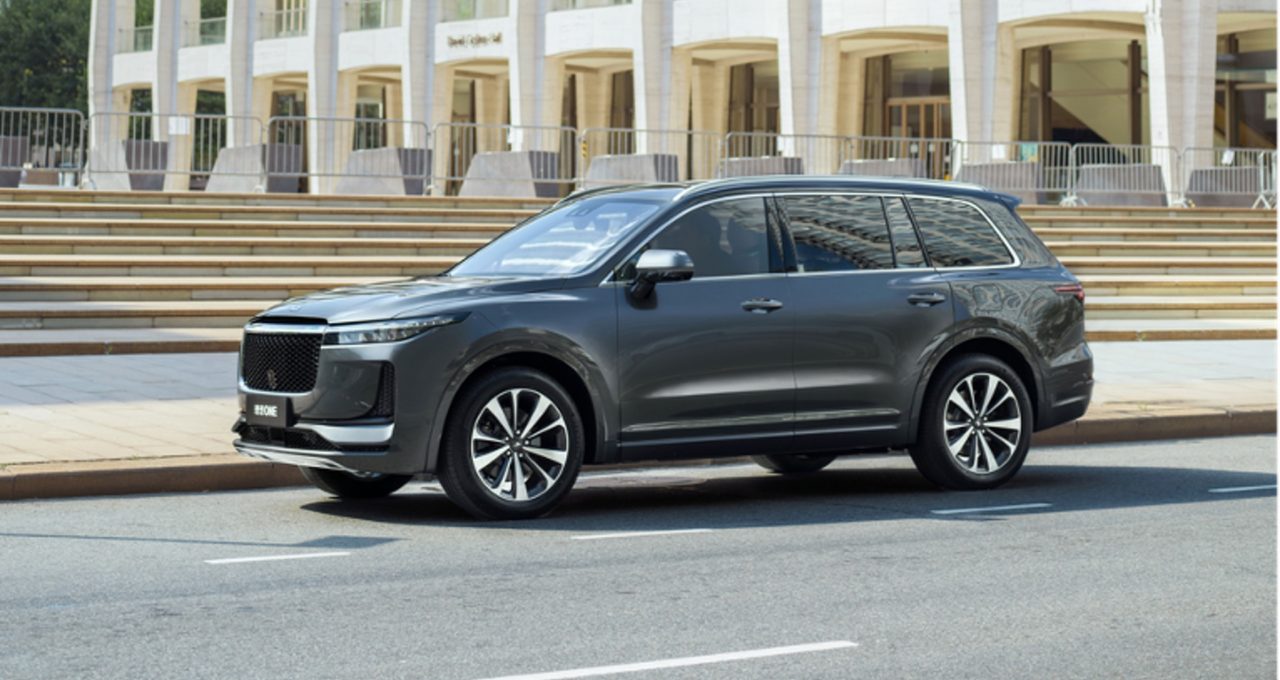One of the leading EV startups in China is charging up its compute capabilities.
Li Auto announced today it would develop its next generation of electric vehicles using the high-performance, energy-efficient NVIDIA DRIVE AGX Orin. These new vehicles will be developed in collaboration with tier 1 supplier Desay SV and feature advanced autonomous driving features, as well as extended battery range for truly intelligent mobility.
The startup has become a standout brand in China over the past year. Its electric model lineup has led domestic sales of medium and large SUVs for eight consecutive months. With this latest announcement, the automaker can extend its lead to the autonomous driving industry.
NVIDIA Orin, the SoC at the heart of the future fleet, achieves 200 TOPS — nearly 7x the performance and 3x the energy efficiency of our previous generation SoC — and is designed to handle the large number of applications and deep neural networks that run simultaneously for automated and autonomous driving. Orin is designed to achieve the systematic safety standards such as ISO 26262 ASIL-D.
This centralized, high-performance system will enable software-defined, intelligent features in Li Auto’s upcoming electric vehicles, making them a smart choice for eco-friendly, safe and convenient driving.
“By cooperating with NVIDIA, Li Auto can benefit from stronger performance and the energy-efficient compute power needed to deliver both advanced driving and fully autonomous driving solutions to market,” said Kai Wang, CTO of Li Auto.
A Software-Defined Architecture
Today, a vehicle’s software functions are powered by dozens of electronic control units, known as ECUs, that are distributed throughout the car. Each is specialized — one unit controls windows and one the door locks, for example, and others control power steering and braking.
This fixed-function architecture is not compatible with intelligent and autonomous features. These AI-powered capabilities are software-defined, meaning they are constantly improving, and require a hardware architecture that supports frequent upgrades.
Vehicles equipped with NVIDIA Orin have the powerful, centralized compute necessary for this software-defined architecture. The SoC was born out of the data center, built with approximately 17 billion transistors to handle the large number of applications and deep neural networks for autonomous systems and AI-powered cockpits.

This high-performance platform will enable Li Auto to become one of the first automakers in China to deploy an independent, advanced autonomous driving system with its next-generation fleet.
The Road Ahead
This announcement is just the first step of a long-term collaboration between NVIDIA and Li Auto.
“The next-generation NVIDIA Orin SoC offers a significant leap in compute performance and energy efficiency,” said Rishi Dhall, vice president of autonomous vehicles at NVIDIA. “NVIDIA works closely with companies like Li Auto to help bring new AI-based autonomous driving capabilities to cutting-edge EVs in China and around the globe.”
By combining NVIDIA’s leadership in AI software and computing with Li Auto’s momentum in the electric vehicle space, together, these companies will develop vehicles that are better for the environment and safer for everyone.
